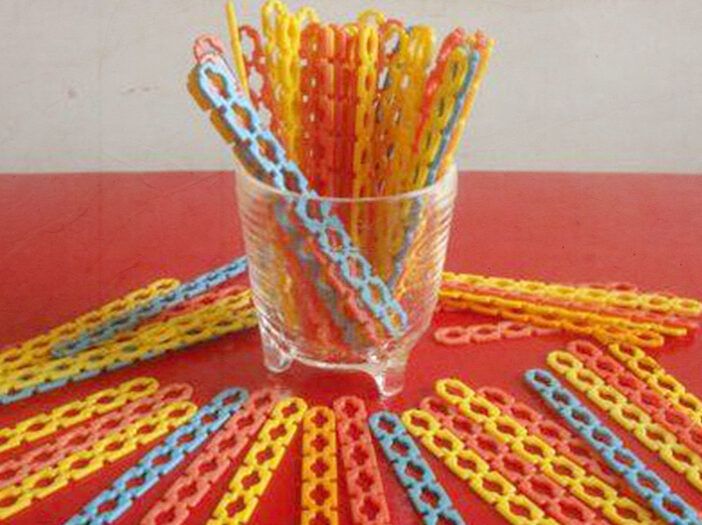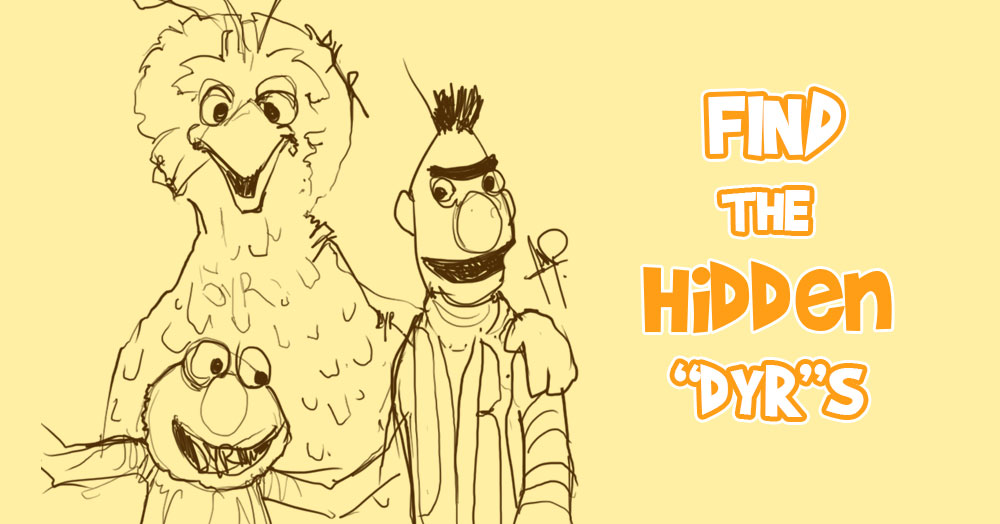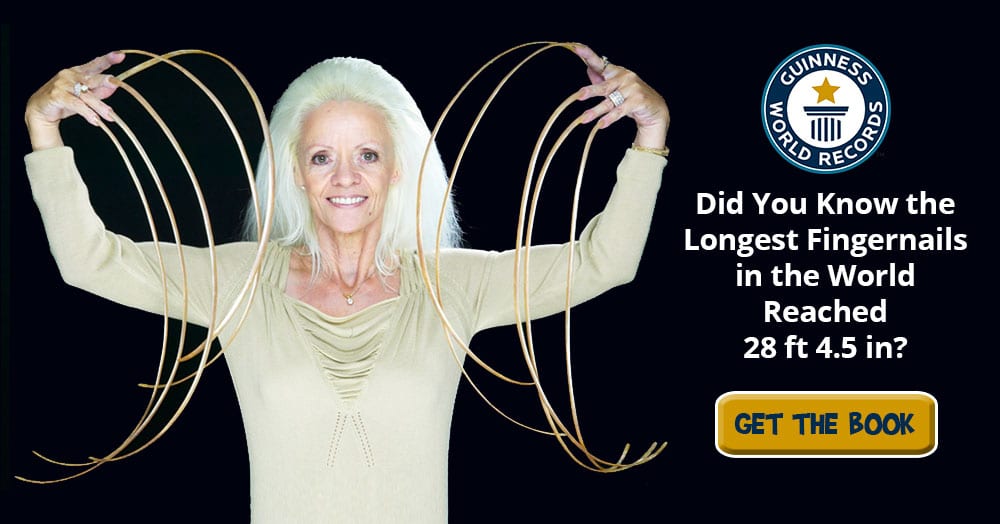
They’re Plastic Elsie Paddle Pop Sticks
The original interlocking popsicle sticks are often said to be the plastic sticks used in Borden-brand ice cream bars. Nicknamed “Elsie Stix” for the Ohio company’s bovine mascot, the sticks could be used to produce sturdy plastic shapes. Many people fondly remember begging for a popsicle in the 1970s, just to get the Elsie Stix.
Elsie Stix, however, were predated by interlocking wooden popsicle sticks, developed by the Missouri-based Southern Ice Cream Company in the late 1950s. The plastic Elsie Stix—known as “Icestix” in many other parts of the world—were originally invented in 1967 by an Israeli artist, also as a construction kit. When Borden marketing director Lyle Smith saw them, however, he thought immediately of using them for the company’s ice cream bars, and bought the licensing rights. Following a testing period, Borden began using Elsie Stix in their ice cream, making them at a rate of 500 million a year.
About Elsie Stix
Many of the Elsie Stix produced by Borden were offered by other companies in cereal boxes and, of course, popsicles—something Borden didn’t make at the time. Unfortunately, Lyle Smith bought only the North American manufacturing rights, leaving the Israeli inventor free to license them to other producers throughout the world.
Today, Elsie Stix are no longer made, but are highly sought after as a vintage toy—particularly in the boxed sets that were later manufactured to capitalize on the craze. The interlocking popsicle sticks I had didn’t seem to have deep enough grooves to interlock firmly, but I figured I’d just see what happens. This activity struck me from the outset as being a bit too much like engineering—something at which I really don’t excel—so I was pretty much expecting it to collapse in a heap at least once before I was done.
This was the package of interlocking sticks I bought yesterday. The name “Skill-Sticks” printed on the label did not inspire confidence. If it needed actual skill, I was doomed. Each stick has single square notches, double square notches, and strange triangular cuts. I wasn’t sure what the triangle cuts were for, as they don’t hold anything very well. Then I realized they’re to help you break the sticks. At least, that’s what I decided they were for.
credit: elephantaday.blogspot.com




